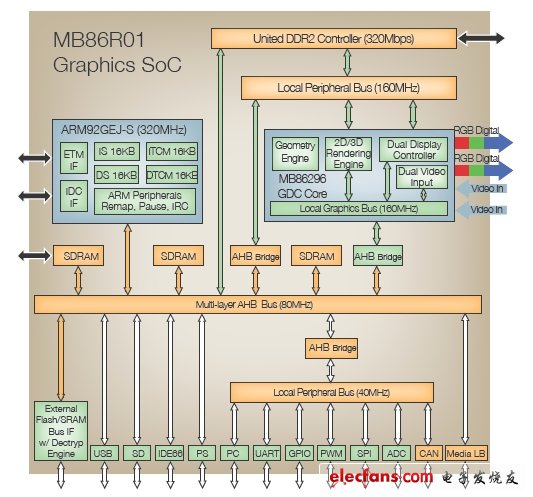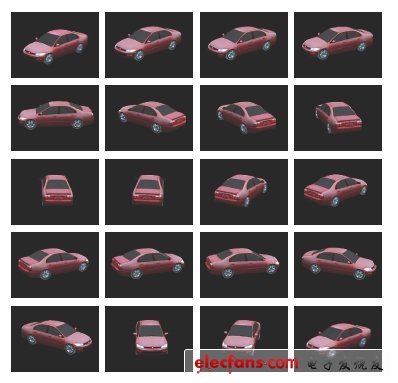Today's consumer electronics users usually want the user interface of the LCD screen to contain 3D elements. Since the initial launch of the 3D interface, consumers have become accustomed to seeing deep and rotatable objects and menus that can move on the screen to display more options. iPad, iTouch and Android devices are the best examples. Thousands of LCD-driven consumer devices have user interface technology with 3D functionality at their core. The reason why 3D is better than 2D is obvious. From a resolution point of view, a 2D image is like a photo, with only width and height, and no depth. The 2D image of a car can be rotated and zoomed to perform two-dimensional ('x' and 'y') motion (transformation) on the screen. 3D images can be rotated, scaled and converted in three dimensions ('x', 'y' and 'z'). 3D objects have depth and are full-view. This is based on human cognition of space and objects. 3D allows people to get a more intuitive and interactive experience. Effective 3D images allow consumers to enjoy a visual feast, help define the style and value of products, and deliver a lot of information. Generating 3D images requires a sophisticated and sophisticated image display controller (GDC), which in turn requires a geometric unit and structural processing unit. Combining these elements in an image engine provides the best performance, as shown in Figure 1. Figure 1: Image SoC integration. As a leader in this technology, Fujitsu has been active in the embedded imaging market for more than a decade and has been involved in the imaging field for nearly two decades. It designs, develops and helps customers integrate leading 2D and 3D image display controllers. Therefore, let us review the basic principles of these powerful and innovative components. At present, many of the best image controllers can control both 2D and 3D images. However, in many cases, system designers have not fully utilized existing 3D functions, and this function can bring many benefits to end users. For example, in automotive applications, the driver wants to know about the condition of a flat tire or an unlit headlight. The application of 2D technology requires many preset images to highlight all possible angles and situations. Coupled with the 'door or trunk slightly opened' situation, hundreds of GB of preset 2D images are required (Figure 2). Figure 2: Show rotated 2D images (hundreds of images are still needed to show the complete rotation action). With 3D technology, all of these and more require less than 1GB of image and geometric data to be easily handled. Multifuctional Vacuum Cleaner,Multifuctional Floor Cleaning Mop,Multifunction Intelligent Vacuum Cleaner,Multifuction Housekeeping Equipments NingBo CaiNiao Intelligent Technology Co., LTD , https://www.intelligentnewbot.com
